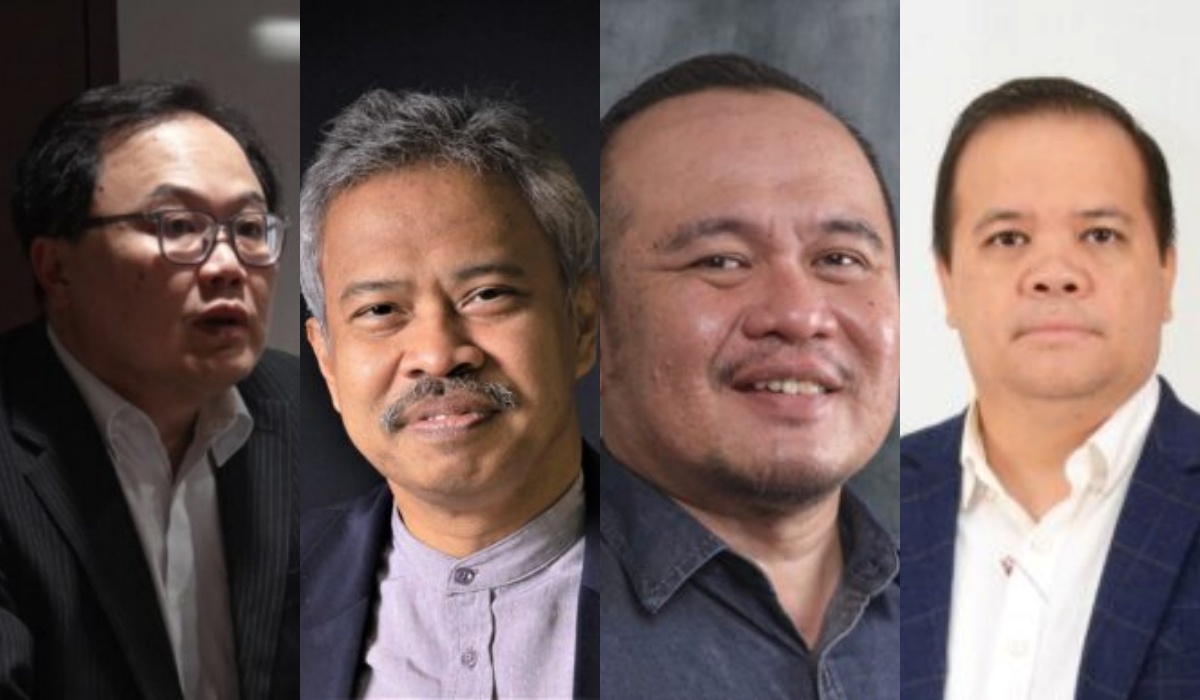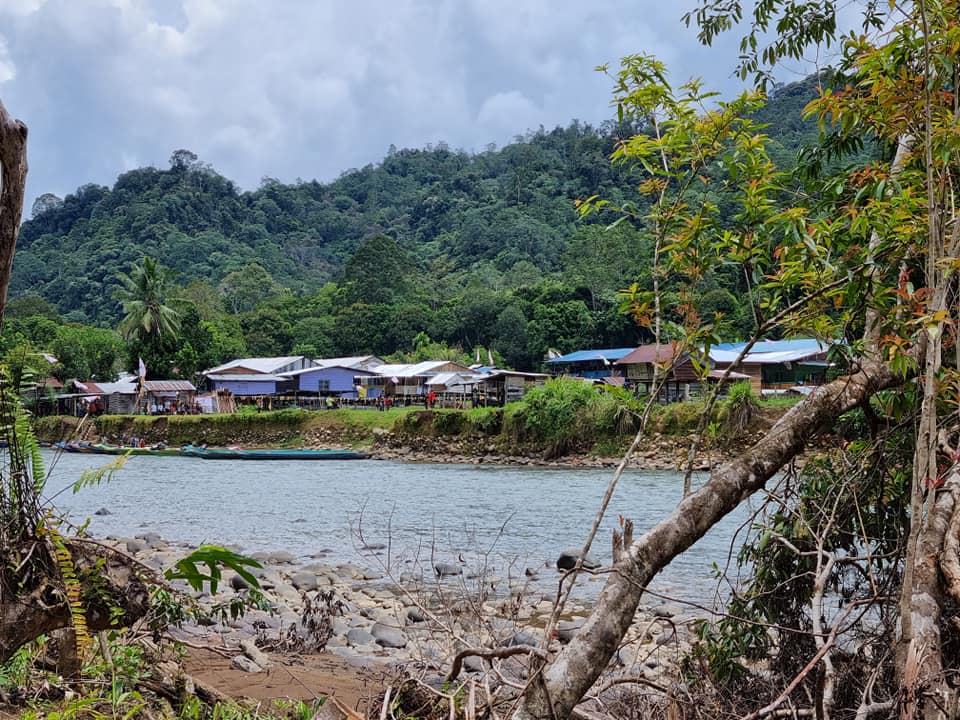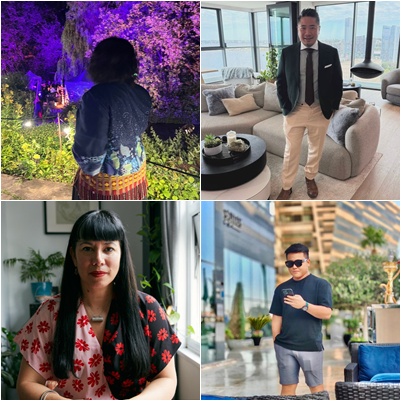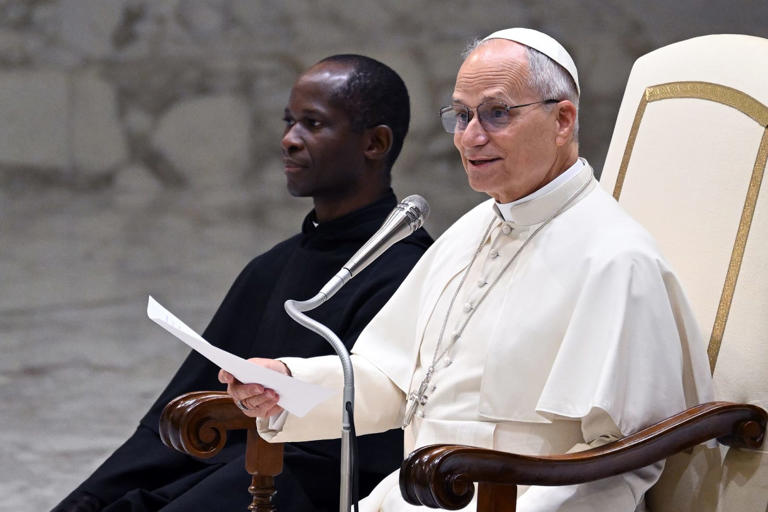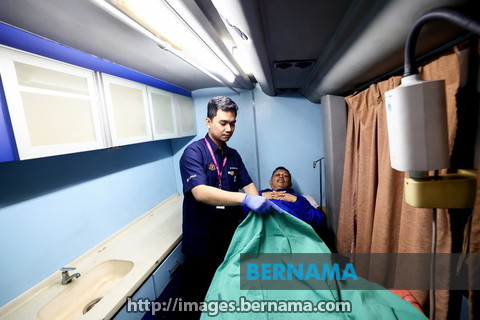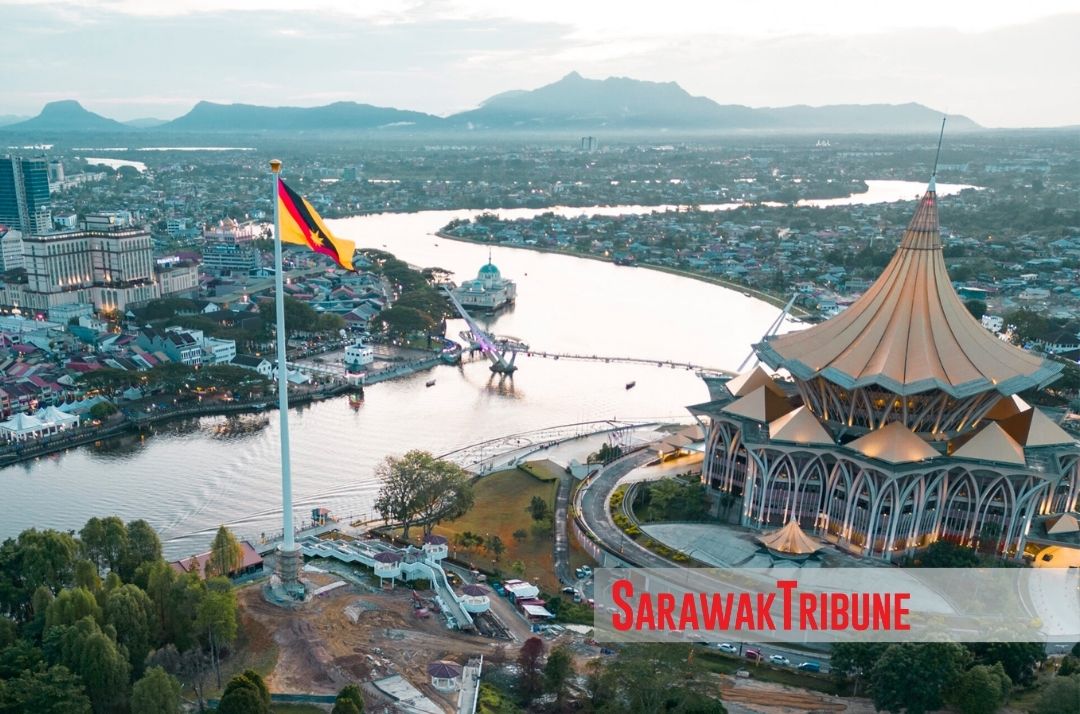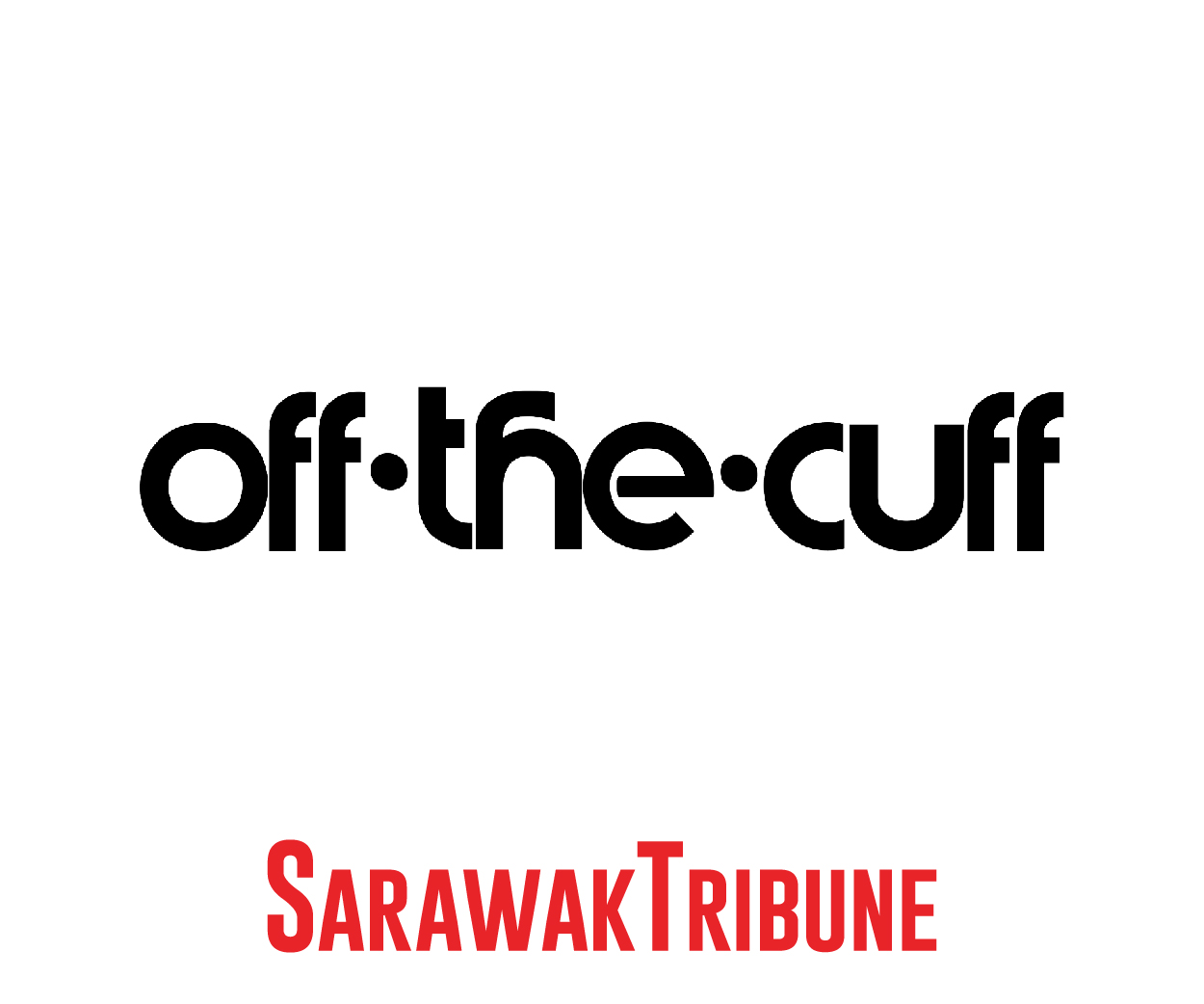SARAWAK Day which falls today is an opportune time to take stock of the progress the state has made and its aspirations for continued development and opportunities in the years ahead.
From infrastructure and education to green economy initiatives, Sarawak has made steady progress towards achieving its development goals.
The Post COVID-19 Development Strategy (PCDS) 2030, launched by the Sarawak Government, is at the heart of this transformation.
Experts agree that while Sarawak’s trajectory is promising, focused execution will determine its success in meeting future challenges.
Autonomy and strategic resource management
Under the leadership of Premier Datuk Patinggi Tan Sri Abang Johari Tun Openg, Sarawak has moved toward greater control of its natural resources.
This shift is evident with the federal government devolving authority over strategic assets such as the Bakun Dam and the Bintulu Port.
Academician and political analyst, Professor James Chin, viewed these changes as part of Sarawak’s broader move to decentralise administrative functions.
“These assets are in Sarawak, and if Sarawak takes control, it can run them more efficiently without having to refer everything back to Kuala Lumpur.
“This is not just about economic autonomy; it’s common sense that things happening in Sarawak should be managed in Kuching rather than Putrajaya,” he told Sarawak Tribune.
While these developments signal progress, the University of Tasmania professor of Asian Studies pointed out that the legal framework supporting Sarawak’s autonomy remains incomplete.
He said the Distribution of Gas Ordinance (DGO) and other related laws are crucial for Sarawak to regain control over its natural resources.
“We need to go to court to enforce these laws. If the court rules that Sarawak has the right under the Oil and Mining Ordinance (OMO) 1958 and the gas ordinance, it will make future matters much easier,” he added.
Chin noted that one pressing issue for Sarawak is reclaiming land that has been under federal control for decades.
He stressed that many of these lands lie within urban corridors, making them crucial for future infrastructure projects.
“Taking back control of this land would allow Sarawak to better plan and develop its urban areas, which would significantly benefit public utility services,” he said.
Education and human capital development
The key to Sarawak’s long-term prosperity lies in its people.
According to Universiti Malaysia Sarawak (UNIMAS) Assistant Vice-Chancellor, Professor Datuk Mohd Fadzil Abdul Rahman, Sarawak’s focus on education and human capital is essential for fulfilling its ambitious development goals.
The political pundit noted that under the PCDS 2030, Sarawak has introduced several initiatives to upgrade its education system, with a particular focus on Technical and Vocational Education and Training (TVET).
He pointed out that a key objective is to achieve a 40 per cent participation rate in TVET by this year.
“The education system is the backbone of Sarawak’s growth. Without a skilled and educated workforce, any development plan would remain just that – plans,” he said.
Sarawak’s efforts to integrate technology into classrooms, alongside initiatives like the Graduate Enhancement Training Sarawak (GETS) programme, are steps in the right direction.
He said these programmes aim to equip young people with the necessary skills for an increasingly digital and technology-driven economy.
In line with global trends, Fadzil asserted that Sarawak is also upgrading its higher education infrastructure, with an emphasis on producing graduates for industries like smart agriculture, aerospace and the digital economy.
“Technology-savvy younger generations will undoubtedly benefit from the increased opportunities created by government support and investment in such infrastructure,” he added.
Technological advancements and infrastructure development
As Sarawak continues to modernise, technology plays a pivotal role in its development.
Political analyst, Professor Dr Novel Lyndon, said that infrastructure projects like the Pan Borneo Highway had significantly improved connectivity between rural and urban areas.
He stressed that connectivity has been key to improving mobility, facilitating trade and providing access to services.
“These developments have catalysed local economic activities, expanded educational and healthcare access, and collectively contributed to improved socio-economic outcomes in affected communities,” he said.
He added that the state has initiated substantive investments in high-potential growth areas, notably the digital economy, green and renewable energy, particularly hydrogen technology, agro-industrial development, and sustainable tourism.
“These sectors not only align with global economic and environmental trends but also serve as catalysts for employment generation, technological innovation, and value-added production.
“The early outcomes suggest a gradual structural shift toward a more resilient, inclusive, and knowledge-driven economy,” he said.
He expressed optimism that Sarawak would continue its pursuit of balanced, inclusive and innovation-led development in the near future.
With the right strategic focus, he said Sarawak was well-positioned to emerge as a model of sustainable regional development within Malaysia and the wider ASEAN context.
Green economy and sustainability
Sarawak’s commitment to a green economy is not just a vision but an ongoing success story.
The Sarawak Government has taken bold steps to ensure sustainable development for future generations, positioning the state as a leader in the green economy transformation.
Economist Haslan Ottot stressed that Sarawak must implement a comprehensive Green Economy Roadmap to consolidate its existing strategies in renewable energy, sustainable agriculture and eco-tourism.
“The state is well-positioned to leverage its rich natural capital, diverse communities and forward-looking policies.
“Without a robust institutional foundation, clearly defined metrics and strong policy coherence, even the most promising plans risk falling short,” he said.
Sarawak has made notable investments in renewable energy, particularly hydropower, which forms a key part of the state’s strategy to reduce its carbon footprint.
Haslan said Sarawak’s potential lies in its ability to pivot from resource extraction to value-added green sectors, underpinned by technological innovation and inclusive growth.
“Economic resilience in the 21st century will depend on the ability to diversify beyond carbon-intensive sectors.
“Critical areas of transformation include the adoption of green technologies in construction, urban planning, and industrial processes, as well as investment in low-carbon infrastructure and nature-based solutions,” he added.
He noted that another important aspect of Sarawak’s green transition is community involvement.
He argued that for green initiatives to be sustainable, they must be driven by local communities.
“Local communities must be active stakeholders – not passive beneficiaries – in shaping and implementing green economy projects,” he said.
A path toward a sustainable and inclusive future
Looking ahead, experts agree that Sarawak must remain focused on its strategic goals while adapting to global shifts in technology and sustainability.
The continued development of education, infrastructure, and the green economy will be essential in building a more resilient and inclusive state.
With its rich natural resources, forward-thinking policies, and growing human capital, Sarawak is well-positioned to lead the way in Malaysia’s transition to a green and digital future.



